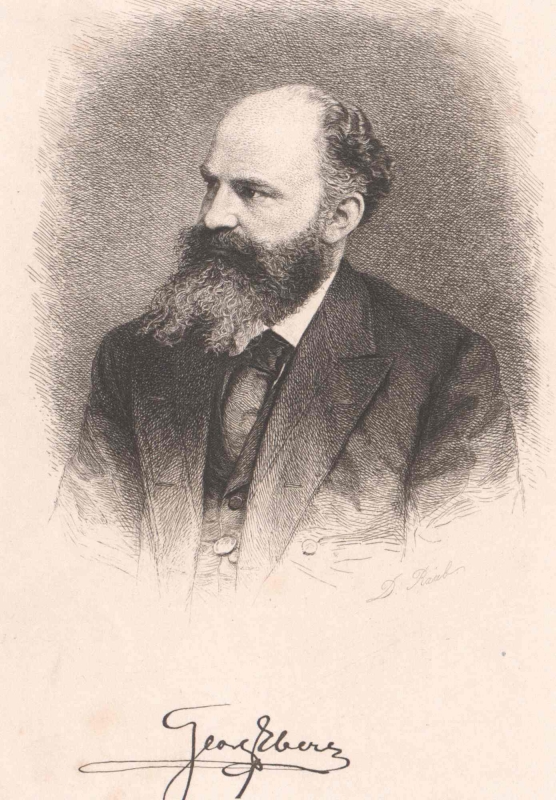|
Hugo Häring
Hugo Häring (11 May 1882 – 17 May 1958) was a German architect and architectural writer best known for his writings on "organic architecture", and as a figure in architectural debates about functionalism in the 1920s and 1930s, though he had an important role as an expressionist architect. Häring was born in Biberach an der Riß, in the Kingdom of Württemberg. A student of the great Theodor Fischer, he took the view that each building should be uniquely developed according to the specific demands of the site and client. Few of Häring's designs were built but he was a strong influence on his friend and colleague Hans Scharoun. One built design was a contribution to the Siemensstadt housing project in Berlin from 1929 through 1931, which was master-planned by Scharoun. Häring was a founding member of both The Ring and CIAM. He was married to actress Emilia Unda in 1918. the couple later divorced and he married actress Roma Bahn in 1950. He died in Göppingen, aged 76. ... [...More Info...] [...Related Items...] OR: [Wikipedia] [Google] [Baidu] |
Biberach An Der Riß
Biberach an der Riß ( Swabian: ''Bibra''), often referred to as simply Biberach (), is a town in southern Germany. It is the capital of Biberach district, in the Upper Swabia region of the German state (Land) of Baden-Württemberg. It is called Biberach an der Riß after the small river Riß which flows through the city to distinguish it from the other towns of similar names. Geography Biberach has a population of about 32,000 and is located in Upper Swabia between the river Danube and Lake Constance. Populated places The districts of Biberach comprise the inner city (with the quarters Bachlangen, Bergerhausen, Birkendorf, Burren, Fünf Linden, Gaisental, Hagenbuch, Jordanbad, Mumpfental, Reichenbach and Wolfentalmühle) and its suburban, integrated villages Rißegg, Rindenmoos, Ringschnait, Stafflangen and Mettenberg. History For many centuries, Biberach was an Imperial Free City (german: Freie Reichsstadt) in the Holy Roman Empire. In that role it participated ... [...More Info...] [...Related Items...] OR: [Wikipedia] [Google] [Baidu] |
Tutzing
Tutzing is a municipality in the district of Starnberg in Bavaria, Germany, on the west bank of the Starnberger See. Just 40 km south-west of Munich and with good views of the Alps, the town was traditionally a favorite vacation spot for those living in the city. In 1873 Johannes Brahms spent four summer months in Tutzing, completing his String Quartets Opus 51 and writing the Haydn Variations. A small lakeside park is dedicated to him, and a plaque stands near the large house where he lived and worked. The town of 10,000 is home to many commuters to Munich, as well as to retirees. Tutzing station is both a terminus of Munich's S-Bahn rail network and a regional train hub serving Innsbruck, Mittenwald, Garmisch-Partenkirchen, Reutte, Kochel and Oberammergau. Tutzing is equipped with regional hospitaland various clinics. It hosts the conference centre Evangelische Akademie Tutzing, founded in 1947. Tourists and cyclists continue to visit, often while circling the lake or ... [...More Info...] [...Related Items...] OR: [Wikipedia] [Google] [Baidu] |
Congrès International D'Architecture Moderne Members
A congress is a formal meeting of the representatives of different countries, constituent states, organizations, trade unions, political parties, or other groups. The term originated in Late Middle English to denote an encounter (meeting of adversaries) during battle, from the Latin '' congressus''. Political congresses International relations The following congresses were formal meetings of representatives of different nations: *The Congress of Aix-la-Chapelle (1668), which ended the War of Devolution *The Congress of Aix-la-Chapelle (1748), which ended the War of the Austrian Succession *The Congress of Aix-la-Chapelle (1818) *The Congress of Berlin (1878), which settled the Eastern Question after the Russo-Turkish War (1877–1878) *The Congress of Gniezno (1000) *The Congress of Laibach (1821) *The Congress of Panama, an 1826 meeting organized by Simón Bolívar *The Congress of Paris (1856), which ended the Crimean War *The Congress of Troppau (1820) *The Congress of Tucu ... [...More Info...] [...Related Items...] OR: [Wikipedia] [Google] [Baidu] |
Organic Architecture
Organic architecture is a philosophy of architecture which promotes harmony between human habitation and the natural world. This is achieved through design approaches that aim to be sympathetic and well-integrated with a site, so buildings, furnishings, and surroundings become part of a unified, interrelated composition. An organicist is an architect in the organic movement. History The term "organic architecture" was coined by Frank Lloyd Wright (1867–1959), though never well-articulated by his cryptic style of writing: So here I stand before you preaching organic architecture: declaring organic architecture to be the modern ideal and the teaching so much needed if we are to see the whole of life and to now serve the whole of life, holding no traditions essential to the great TRADITION. Nor cherishing any preconceived form fixing upon us either past, present, or future, but instead exalting the simple laws of common sense or of super-sense if you prefer determining form by wa ... [...More Info...] [...Related Items...] OR: [Wikipedia] [Google] [Baidu] |
Modernist Architects From Germany
Modernism is both a philosophy, philosophical and arts movement that arose from broad transformations in Western world, Western society during the late 19th and early 20th centuries. The movement reflected a desire for the creation of new forms of art, philosophy, and social organization which reflected the newly emerging industrial society, industrial world, including features such as urbanization, architecture, new technologies, and war. Artists attempted to depart from traditional forms of art, which they considered outdated or obsolete. The poet Ezra Pound's 1934 injunction to "Make it New" was the touchstone of the movement's approach. Modernist innovations included abstract art, the stream-of-consciousness novel, montage (filmmaking), montage cinema, atonal and twelve-tone music, divisionist painting and modern architecture. Modernism explicitly rejected the ideology of Realism (arts), realism and made use of the works of the past by the employment of reprise, incorpor ... [...More Info...] [...Related Items...] OR: [Wikipedia] [Google] [Baidu] |




